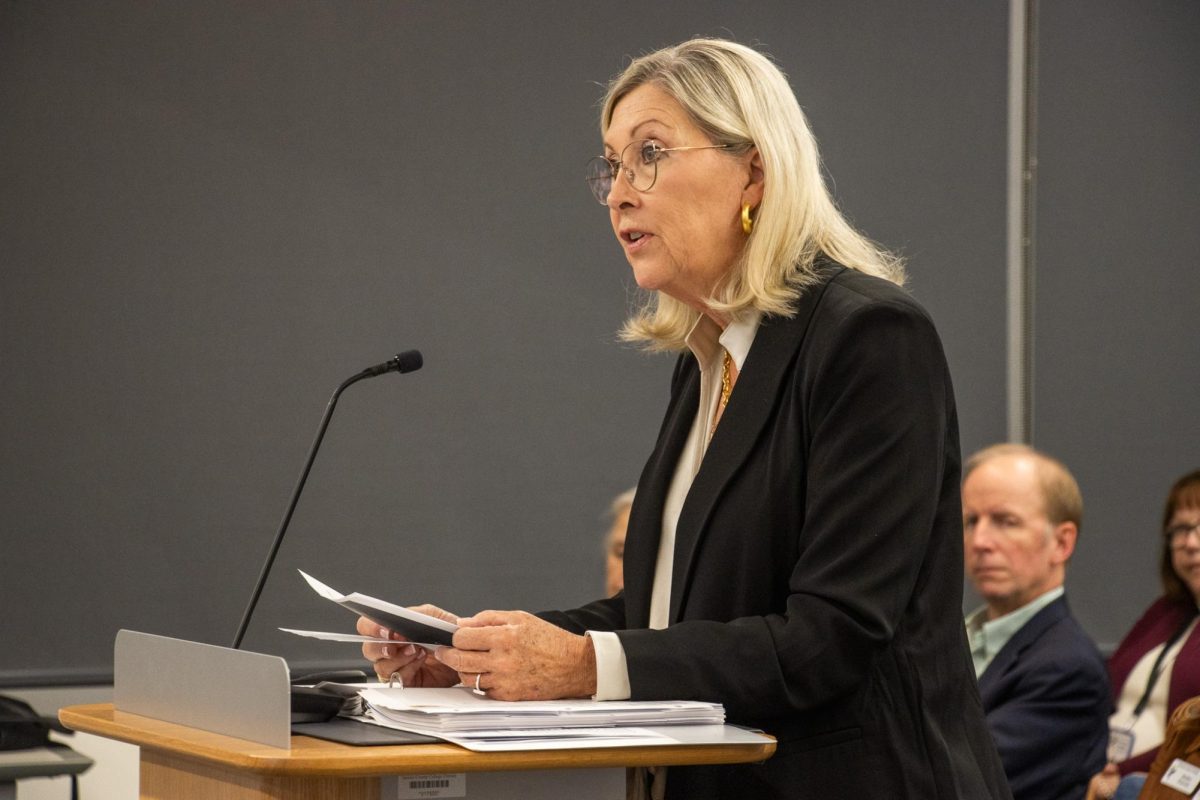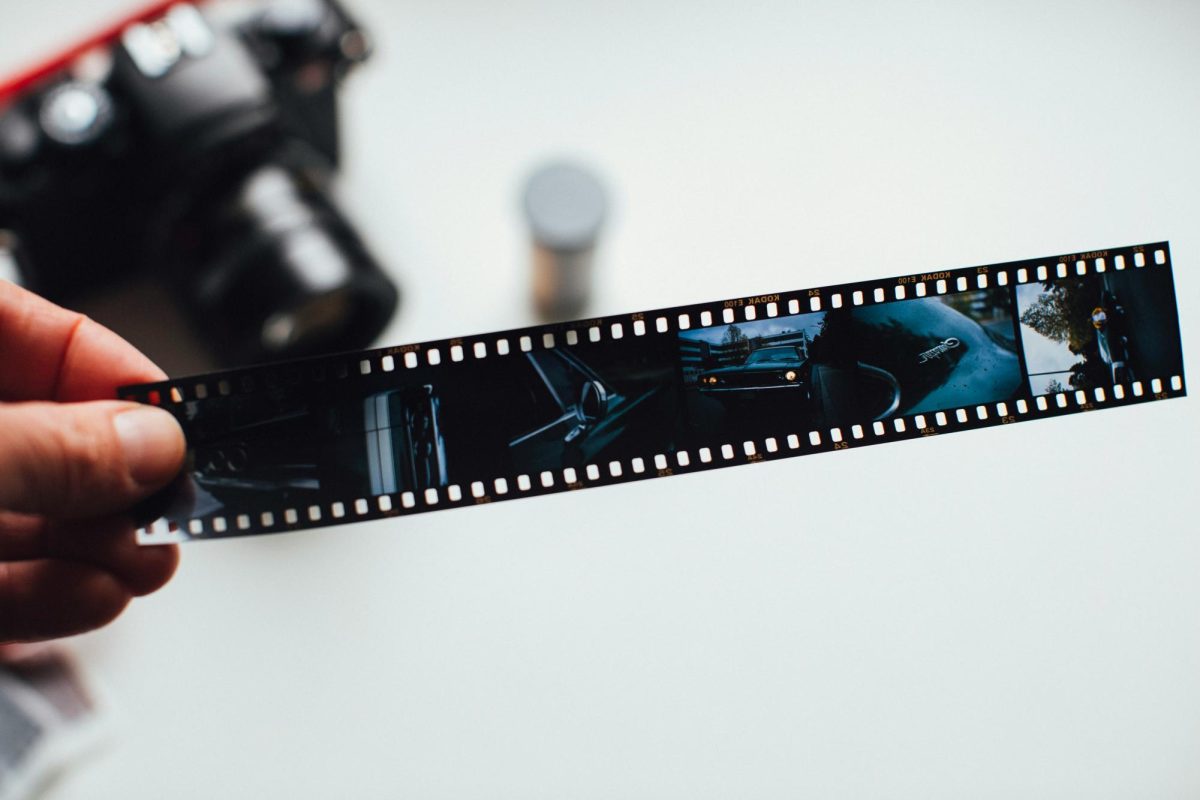By Carla Rivera/reporter
Women’s rights and women’s fashion are linked throughout America’s history, a speaker told students on SE Campus.
SE adjunct instructor Sloan Cranz spoke March 6 about what women endured in politics and culture after WWI in America. The event was hosted by the SE English, speech and history departments to recognize Women’s History Month.
“The topics that our presenters have chosen include a really interesting diversity of perspectives on the roles that women have inhabited in our society either by choice or by prescription,” SE English instructor Leigh Anne Bramlett said.
Cranz started the lecture at Seneca Falls when women’s rights in the late 19th century were starting to gain national attention.
Before women could vote, their fashion was very different.
“As women’s rights were restricted so was women’s fashion,” Cranz said as she discussed how women would wear corsets to have smaller waists, layered their clothing and how women would style their hair in soft, sausage curls.
Their makeup was also different. Women would try to look as natural as they could, with no color in their faces and even going as far as to bleach it, she said.
Cranz said women’s groups received help from the abolitionist movement and others in their efforts to get the 19th Amendment passed.
Into the early 20th century, the rise of department stores gave women the convenience to shop off the shelf and not go to a dress maker.
“Women no longer had to go to Europe twice a year to buy new wardrobes for the many outfit changes they went through in a day,” Cranz said. “Instead, they were able to shop from artist-renditioned pictures of outfits.”
Cranz found it interesting that in 1926, unsurprisingly, George Taylor had an idea that as stock prices increased hemlines got shorter and as they decreased hemlines got longer.
The idea wasn’t too far off as a few years later the Great Depression would happen, and women’s hemlines did get longer, she said.
“It was a nice presentation,” SE student Anthony Meeks said. “I actually learned a lot that I didn’t know about in history.”



































